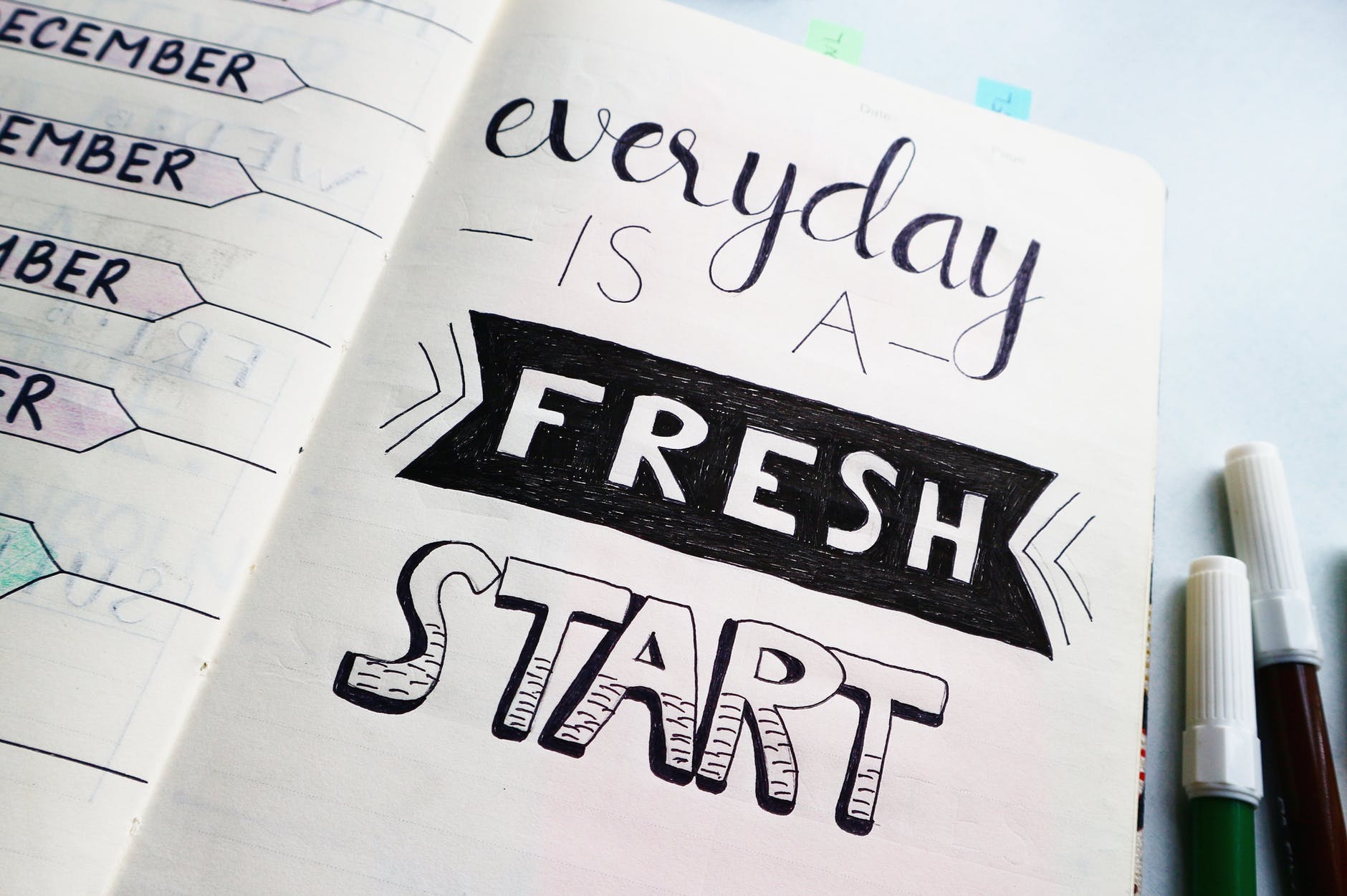I’m in the midst of my third month of being “retired” from William and Mary and things are admittedly quite different than I had imagined.
In this series of posts, I’m going to share some ideas about how to move into a new life role as a “retired person” post pandemic. In July of 2019, the Chautauqua Institution collaborated with the The Stanford Center on Longevity to host a fascinating weeklong event, “The New Map of Life: How Longer Lives are Changing the World”. Clearly their vision of retirement went well beyond playing golf and complaining about the government full-time, which used to be the primary activities of a couple of my retired friends. The project asks us retired folks to consider what we want to learn and what we want contribute in the final 20-30 years of our lives. (Chautauqua is closed this summer, and we are grieving big-time.)
Stanford Center on Longevity’s New Map of Life™ initiative aims to envision a society that supports people to live secure and high-quality lives for a century or more. This new initiative will research and define new models for education and lifelong learning, redesign how we work, advise new policies for health care, housing, the environment and financial security, and promote more intergenerational partnerships. It will also advance a new narrative, which redefines what it means to be “old” and values people at different stages of life.
Choosing where we want to invest our time and energy isn’t simple. A few years ago, one of my colleagues (also a former student in one of my classes) asked if I had any ideas for how she might think about what she wanted to do next with her career now that she had completed her doctorate. This sounded like the perfect example of a self-directed learning project, and we worked through a process to some up with the following project.
We began with the assumptions that she’d be willing to invest an hour a day for a month and spend $100 cash to accomplish her learning.
- Buy a copy of What Color is Your Parachute, and do the exercises. (This still is the best resource, to my mind, for anyone who wants to engage in systematic career change at any life stage.) ($16 for the paperback.)
- Get a domain name and a web hosting service. ($15 for the domain and $12 for a month’s hosting service.)
- Start a WordPress blog. Pick a theme that you can live with for a month, and don’t get bogged down in tinkering with fonts, themes or color palettes. There’ll be plenty of time for that later.
- For five days each week for the next month, write a post. The goal is to find something from your work, reading, thinking, social media or other source that seems to you to be worth sharing in a form that is longer, more fleshed out and maybe more useful than a tweet, like or comment. For many folks, 350-500 words might be a reasonable target for a post, but adjust your targets as you learn more about your own habits and preferences.
- Don’t worry about whether anyone reads your posts or not. If you decide that this is a practice you want to continue, you find lots of advice about how to build your audience.
- At the end of a month, do a content analysis on your site. Who were you writing for? What kinds of posts did you think would help your audience members? What kinds of problems or opportunities did you posts address? What themes emerged that might be explored in more depth?
- Don’t beat yourself if you didn’t keep up the discipline of writing every weekday for a month. Most people don’t, and you might be able to cross of one career possibility—being a professional blogger—off your list of potential careers.
If this experiment works, you might have found a direction for some sustained, deliberate activities that will enrich your retirement. If not, you’ll probably be able to remove “becoming a professional blogger” from your list of possible retirement activities.
